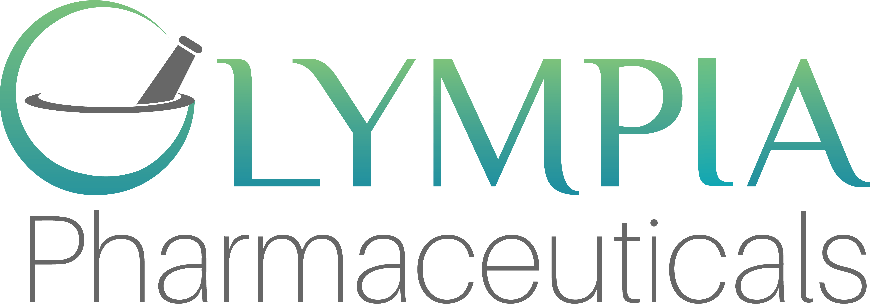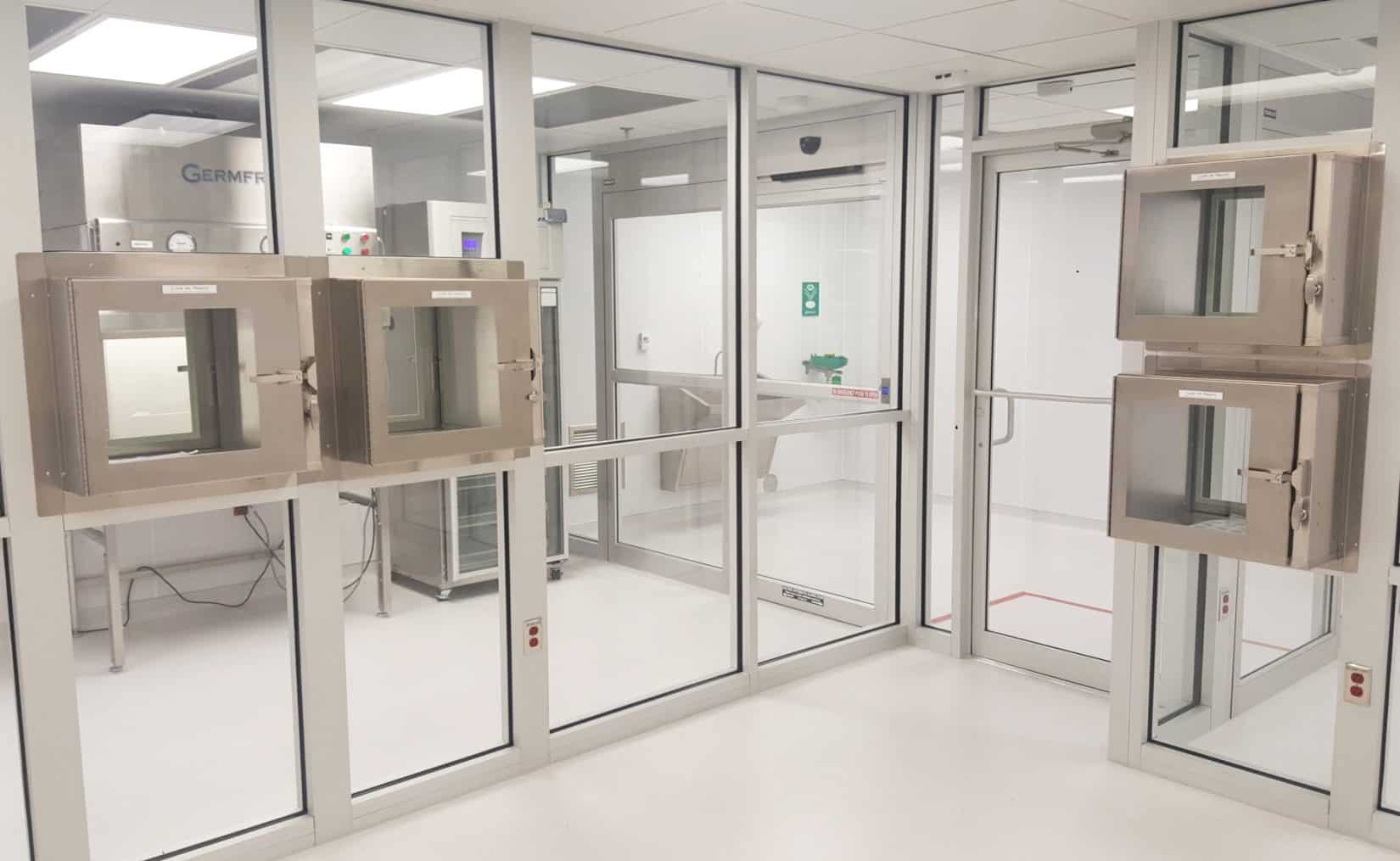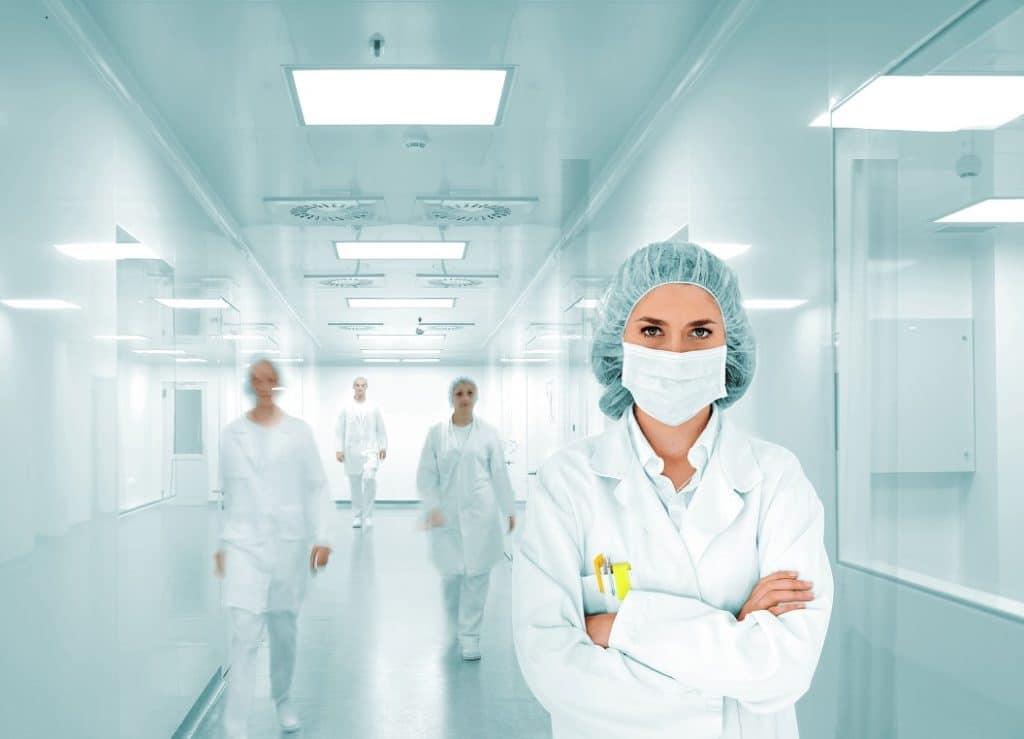Careful Handling of Hazardous Drugs
The U.S. Pharmacopeial Convention (USP) issued its Chapter 800 guidelines on hazardous drug handling in healthcare settings in February 2016, and its Compounding Expert Committee has set an implementation deadline of July 1, 2018. USP 800 involves those hazardous drugs as defined by NIOSH, the National Institute for Occupational Safety and Health. NIOSH defines a hazardous drug as a medication that has one of these six characteristics:
- Carcinogenicity
- Teratogenicity of developmental toxicity
- Reproductive toxicity in humans
- Organ toxicity in low levels in human or animals
- Genotoxicity
- New drugs that mimic hazardous drugs in structure or toxicity
The FDA has recently classified several commonly compounded drugs as “hazardous”. Drugs such as (but not limited too), estrogen, testosterone, HCG, progesterone and other hormone type drugs now fall into the new, hazardous classification. Any drugs in the hazardous classification must now be compounded in a “negative pressure” cleanroom. This means that during the compounding process, air must be displaced out of the room, creating a negative pressure environment. This is to protect the personnel compounding the drugs. Previously, all sterile clean rooms were positive pressure, meaning air is forced into the rooms. The air being forced into the rooms is done with a velocity to facilitate 240–480 air changes per hour to ensure the proper particle count for the corresponding ISO classification of the room. With the new hazardous classification and negative pressure requirement, compounding pharmacies are having to redesign their facilities to include negative pressure clean rooms to accommodate the new regulations. Compounders who do NOT make the required changes will not be able to compound items on the hazardous drug list, including HCG, progesterone, estrogen and testosterone. When choosing a compounding pharmacy to partner with, it is important that the pharmacy is compliant with all new rules and regulation to ensure the medications you build your practice around will be available long-term, without interruption. Olympia, as always, is the front-runner in compounding, already meeting USP 800 regulations for sterile, non-sterile, hazardous and lyophilized drugs.
Pharmaceutical quality affects every American. FDA regulates the quality of pharmaceuticals very carefully. The main regulatory standard for ensuring pharmaceutical quality is the Current Good Manufacturing Practice (CGMPs) regulation for human pharmaceuticals. Consumers expect that each batch of medicines they take will meet quality standards. Most people, however, are not aware of CGMPs, or how FDA assures that drug manufacturing processes meet these basic objectives.
CGMP refers to the Current Good Manufacturing Practice regulations enforced by the U.S. Food and Drug Administration (FDA). CGMPs provide for systems that assure proper design, monitoring, and control of manufacturing processes and facilities. Adherence to the CGMP regulations assures the identity, strength, quality, and purity of drug products by requiring that manufacturers of medications adequately control manufacturing operations. This includes establishing strong quality management systems, obtaining appropriate quality raw materials, establishing robust operating procedures, detecting and investigating product quality deviations, and maintaining reliable testing laboratories. This formal system of controls at a pharmaceutical company, if adequately put into practice, helps to prevent instances of contamination, mix-ups, deviations, failures, and errors. This assures that drug products meet their quality standards. Accordingly, the “C” in CGMP stands for “current,” requiring companies to use technologies and systems that are up-to-date in order to comply with the regulations. Systems and equipment that may have been “top-of-the-line” to prevent contamination, mix-ups, and errors 10 or 20 years ago may be less than adequate by today’s standards.









